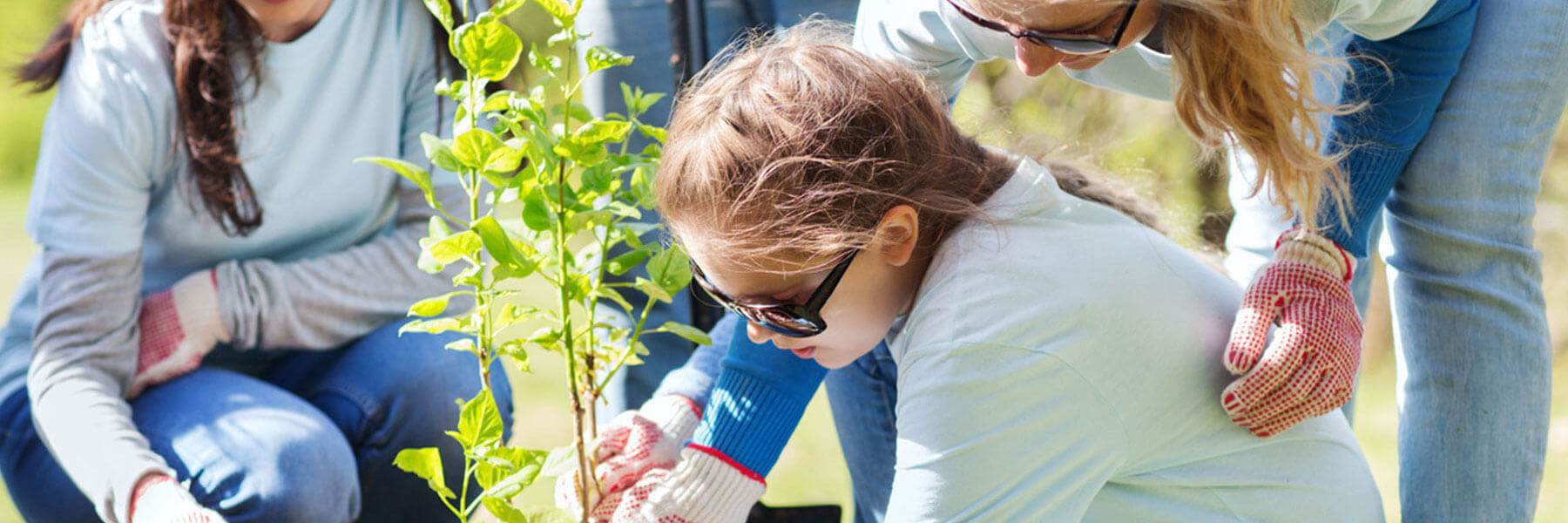The work of SA Nature Alliance members is informed by the Nature of SA, project which identified 9 crucial shifts in our thinking, action and approach that will enable our sector to respond most effectively to the rapid changes facing our natural world and communities.
1. Understand that our landscapes and wildlife co-evolved with Aboriginal people
Learn from First Nation’s knowledge, wisdom and relationship with Country and embed this into our work.
2. Strengthen our collective narrative around nature
Celebrate our unique connection with nature and how it underpins our health, culture and economy as integral to being South Australian.
3. Hold onto what’s working
Acknowledge that many of our existing approaches are working and will work in future and must continue to be supported.
4. Value nature in all its forms
Recognise the value of nature in a range of landscapes and that nature means different things to different people, embracing this diversity.
5. Be future focused
Think deeply about what values and functions we are trying to sustain in our landscapes as restoring our ecosystems to a pre-European state will become less viable.
6. Decision making requires consideration of values, rules and knowledge
Embrace creative and collaborative decision-making that incorporates values, evidence and societal standards.
7. We have to learn to change
Building a learning mind-set into all our work will be essential as we navigate a more uncertain world.
8. A resilience conservation sector is critical
Investing in our people, future workforce and organisations to ensure we have a connected and healthy conservation sector with the skills we need
9. Remember what we love about nature and start there
Communicating from a place of love and hope to tap into people’s intrinsic love of nature.

